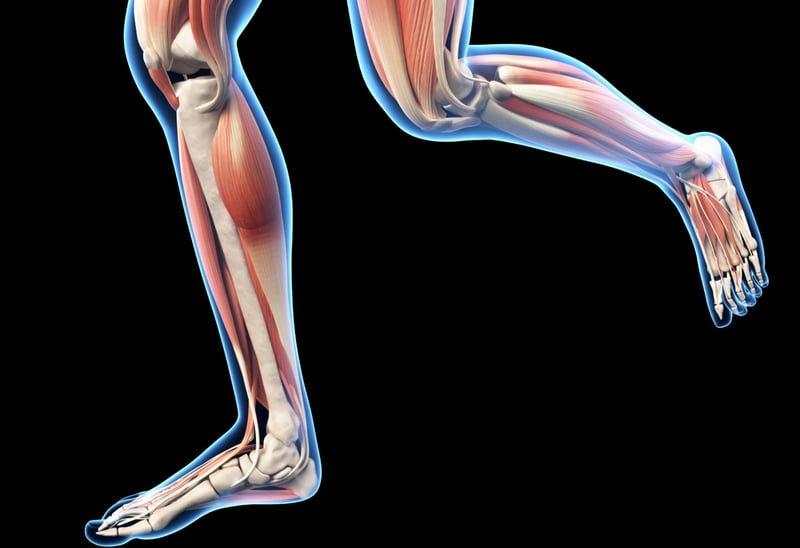
Troester, J. C., Jasmin, J. G., & Duffield, R. (2018). Reliability of Single-Leg Balance and Landing Tests in Rugby Union; Prospect of Using Postural Control to Monitor Fatigue. Journal of sports science & medicine, 17(2), 174.
Balance testing is reliable for the professional rugby population.
Total sway velocity in the balance test and relative landing impulse for landing were the most reliable measures for their respective tests.
“Of the measures identified for investigation in this study, sway velocity and relative impulse are the recommended measures of single-leg balance and landing performance based on their reliability and precision.”
Population: 24 Professional male rugby union players.
The questions covered:
What is the inter-trial and inter-test reliability of a single-leg balance test performed on a force plate in professional rugby union players?
What is the inter-trial and inter-test reliability of a single-leg landing test performed on a force plate in professional rugby union players?
This study investigated the inter-trial and inter-test reliability for a single-leg balance and single-leg landing test in a population of professional rugby players.
The test – retest protocol controlled for player load before testing (48h rest, similar weekly training loads before day of testing) and were tested on two occasions (7 days apart). Variables of interest for balance: total sway velocity, sway velocity anterior-posterior, and sway velocity medial-lateral. Variables of interest for landing: relative peak landing force, relative landing force impulse, and total time to stabilization. Both tests were compared using dominant vs. non-dominant legs.
Based on a intraclass correlation coefficients, typical error, and coefficient of variation, inter-trial and inter-test reliability were determined for each variable in the two tests. Below are key takeaways on the reliability of these two tests in a professional rugby population. Single-leg balance results demonstrated acceptable inter-trial reliability for sway velocity, AP sway velocity, and ML sway velocity (dominant and non-dominant for all).
Single-leg balance results demonstrated acceptable inter-test reliability for sway velocity(dominant and non-dominant), AP sway velocity(dominant and non-dominant for all), and ML sway velocity (non-dominant only). Single-leg landing results demonstrated acceptable inter-trial reliability for relative peak landing force and impulse (dominant and non-dominant for all). Single-leg landing results demonstrated acceptable inter-tests reliability for relative peak landing force (dominant and non-dominant), relative impulse (dominant and non-dominant), and time to stabilization (non-dominant only). This study helps to establish reliable outcomes for a single-leg balance test and single-leg landing test. These values can then be potentially used for monitoring changes in postural control in professional rugby players.
The present study examined the inter-trial (within test) and inter- test (between test) reliability of single-leg balance and single-leg landing measures performed on a force plate in professional rugby union players using commercially available software (SpartaMARS, Menlo Park, USA). Twenty-four players under- took test – re-test measures on two occasions (7 days apart) on the first training day of two respective pre-season weeks following 48h rest and similar weekly training loads. Two 20s single-leg balance trials were performed on a force plate with eyes closed. Three single-leg landing trials were performed by jumping off two feet and landing on one foot in the middle of a force plate 1m from the starting position. Single-leg balance results demonstrated acceptable inter-trial reliability (ICC = 0.60-0.81, CV = 11-13%) for sway velocity, anterior-posterior sway velocity, and mediolateral sway velocity variables. Acceptable inter-test reliability (ICC = 0.61-0.89, CV = 7-13%) was evident for all variables except mediolateral sway velocity on the dominant leg (ICC = 0.41, CV = 15%). Single-leg landing results only demonstrated acceptable inter-trial reliability for force based measures of relative peak landing force and impulse (ICC = 0.54-0.72, CV = 9- 15%). Inter-test results indicate improved reliability through the averaging of three trials with force based measures again demonstrating acceptable reliability (ICC = 0.58-0.71, CV = 7-14%). Of the variables investigated here, total sway velocity and relative landing impulse are the most reliable measures of single-leg balance and landing performance, respectively. These measures should be considered for monitoring potential changes in postural control in professional rugby union.